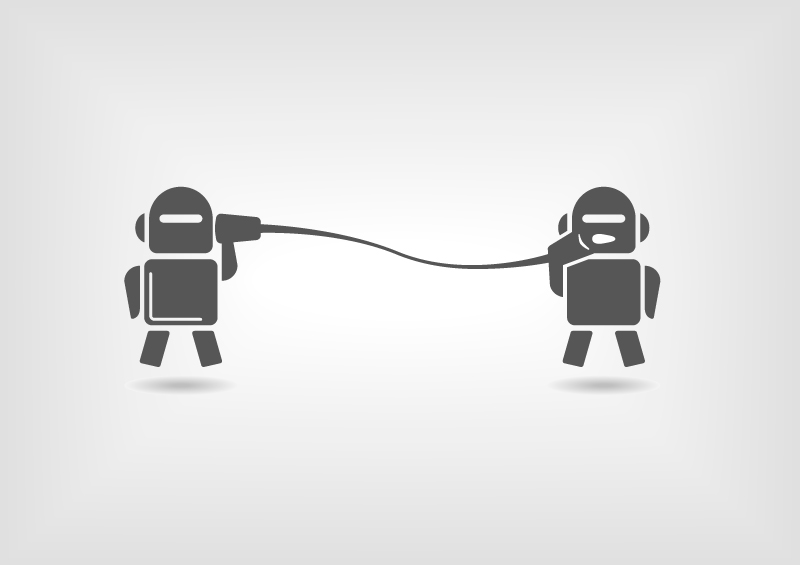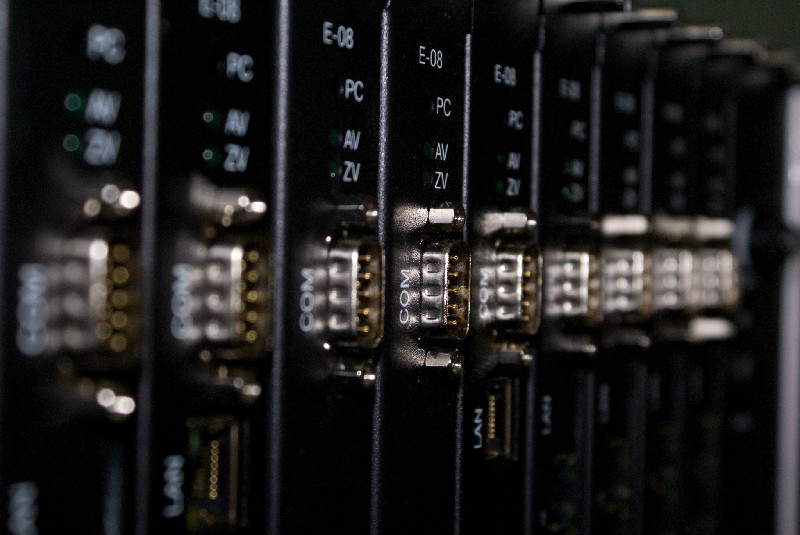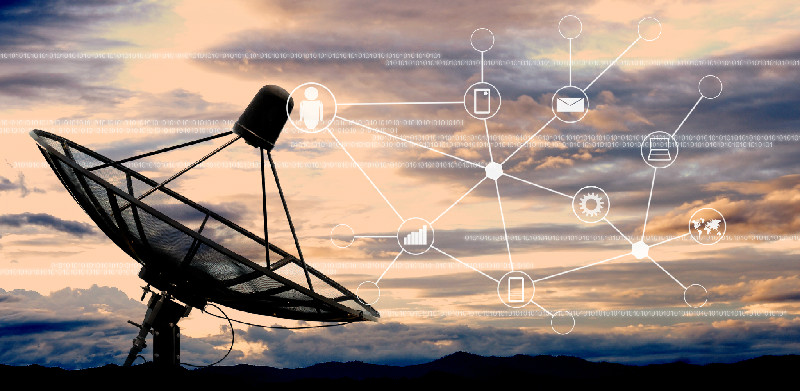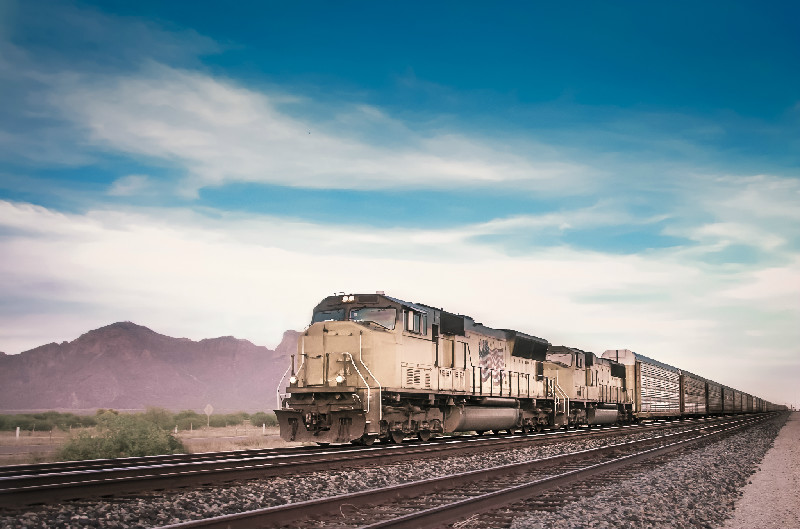The fast approaching deadline for PTC implementation has everyone feeling the stress. The looming deadline is December 31, 2018. The sands have slipped through the hourglass and there is no more time to consider possibilities or change the implementation plan, it just has to work. The big question, of course, is how to make it work everywhere, when almost all elements of the entire nationwide system have to be developed practically simultaneously.
![]()
PTC implementation is not just another incremental change in the technology of a modern locomotive. PTC introduces a variety of networking and telecommunication needs that must be fulfilled as reliably and effectively as technologically possible. This means that various locomotive electronic systems can no longer just focus on their own control functions, they have to learn how to network with other systems, share vital information and operate flexibly in a variety of configurations. And don’t forget locomotive interchange! All locomotives operating on the property of other railroads have to seamlessly integrate into, and work with, other PTC systems, whether they are mixed in the same context with locomotives from other railways or not.
What does this all mean to the designers of modern intelligent electronic systems, like ZTR? It means that everything has to be extremely intelligent, (i.e. self-configurable and user-friendly with adaptive behavior) and exhibit all of the attributes of the intelligent technology we have rapidly become accustomed to. It also has to be very sociable and speak a variety of different languages … and it has to play well with others. Make no mistake, this is a dramatic, no, it is a revolutionary change in behavior of the traditional purpose-built electronics. (Click here to contact us)

Although Locomotive Electronic Systems Architecture (LESA) specifies the “building blocks” of the architecture, it also allows for localized adaptations, such as the integration of some of the functionality of one block into another block. This allows railroads to deploy this “common” architecture while re-using as many pieces of their existing electronics as possible. While beneficial in flexibility and implementation to the railways, this strategy could also bring additional hurdles for technology manufacturers, as they will need to design systems that can be functionally and physically scaled to the specific implementation.
The only solution to these challenges is the implementation and integration of advanced new technology with a partner who has experience in integration, Industrial IoT (Internet of Things), and system engineering design. ZTR has a long history of providing just what the industry needs for today and beyond. For over 27 years, ZTR has been integrating systems and components from various vendors into a complete end-to-end system that works. Doing this requires more than just IT or programming experience. It involves years of locomotive modernization experience, an in-depth knowledge of all models of locomotives, electronics and testing experience, and proven expertise in software development and mobile computing platforms. But most importantly, this integration requires the understanding of railway operating and maintenance practices and challenges. ZTR is probably the only company on the market today that has this unique blend of skills and experience. (Click here to contact us)
![]()
ZTR understands the needs of the industry and develops hardware and software systems that can work interchangeably with other pieces of equipment. ZTR Ancillary Card Cage (ACC) is designed to meet AAR S-9365 standard, but also to allow other manufacturers to add their hardware and software modules to the system. Understanding that other manufacturers may not be developing their software for the same operating system, ZTR architecture allows multiple operating systems and multiple CPUs in the system, to operate and seamlessly exchange information in practically real-time.

The ZTR Locomotive Interface Gateway (LIG) can be deployed as a stand-alone unit, fully compatible with other standard hardware and software elements specified in the LESA. (Click here to contact us)
![]()
Additionally, it can be deployed on a ZTR ACC system as a software component, without any additional software development effort. Crucially, it can also be deployed as a software module on ACC systems that are manufactured and supplied by other vendors. As a stand-alone device, it has additional ports to ensure that customers have future expandability options to meet the challenging, and potentially changing, PTC requirements. (Click here to contact us)
Add to all of this, the ZTR configuration utility module, capable of polling and reporting software configurations from other on-board equipment and over the air (OTA) software update capabilities (that can also be deployed on third-party hardware systems) and you are looking at possibly the most versatile software and hardware platform on the market!

The amount of data that will be travelling on locomotive communication networks is truly remarkable. Unfortunately, every bit of it by itself represents only a piece of the overall picture. In order to make useful determinations and ideally reach intelligent conclusions that would enable your performance to improve, all this data needs to be stored, processed and converted into useful information about the behavior of your locomotive. Live streaming of the data is not a practical solution because of the sheer amount of data – we are talking about gigabytes per hour, per locomotive.

The ZTR solution is to place the ZTR Data Agent onboard within the existing ACC CPU/GPU as a software module to collect and process data in real-time (as quickly as it arrives from various modules) and make deterministic conclusions about the status of the locomotive and its various subsystems. Pattern recognition and statistical analysis of all relevant data can greatly increase accuracy of these conclusions and dramatically reduce the need for large data transmissions as well as off-board data analysis. Understanding that some problems may require significant processing power, which may not be available on board, ZTR Data Agent will also allow large amounts of unprocessed data to be transferred off locomotives whenever conditions for such transfer are most suitable to the end-user (such as in the presence of high-speed data networks, geolocation or other considerations). The ZTR Data Agent will also synchronize all data streams to provide unified data from all systems. (Click here to contact us)

With ever-increasing safety concerns there isn’t any way to avoid the PTC requirements that are coming. Railways have many options for systems and integration, but too many vendors can lead to fragmentation and poor communication between the critical systems on the locomotive. Vendors like ZTR, who can provide future-ready systems today and have the integration and IoT experience required to make it all work together, are the best solution for true PTC preparedness.
Please ask us for more information on how we can help you become ready for the future of railway.